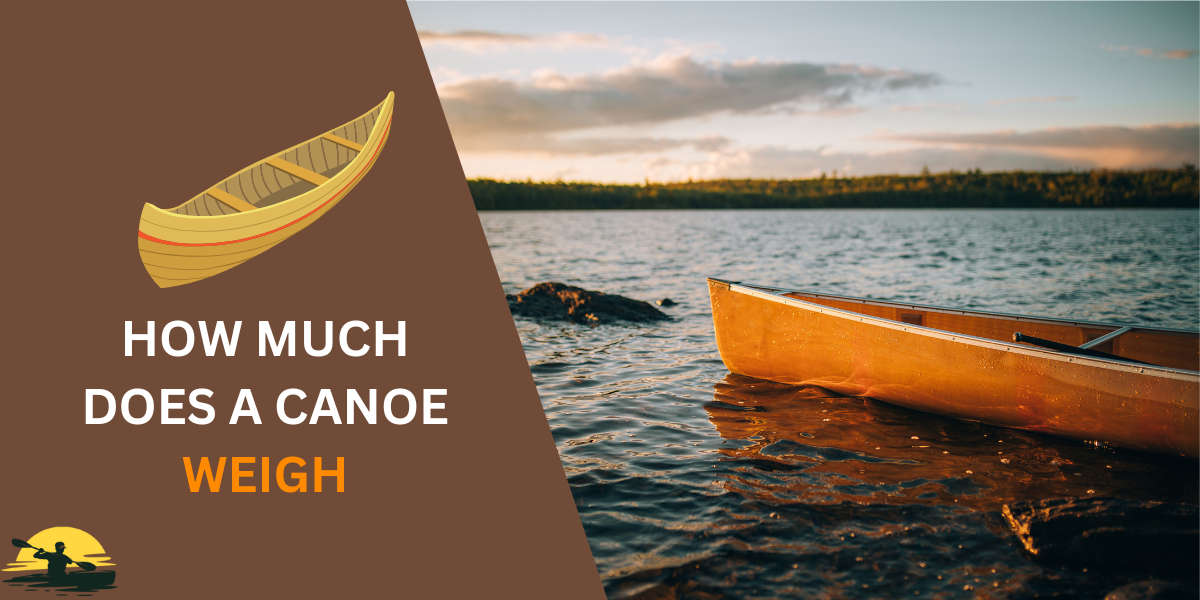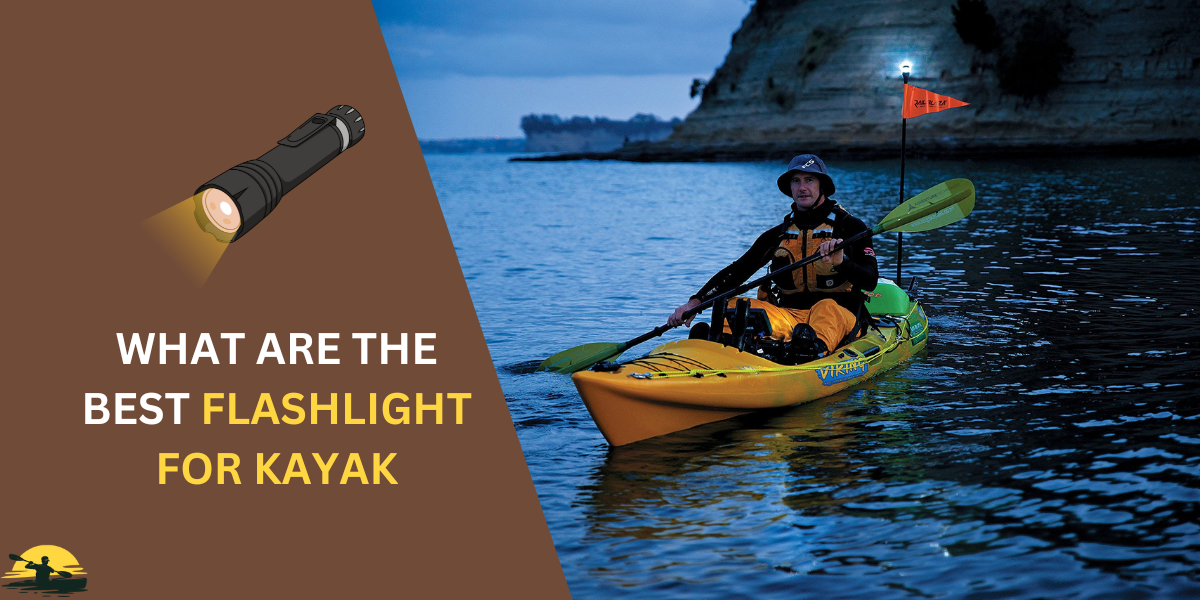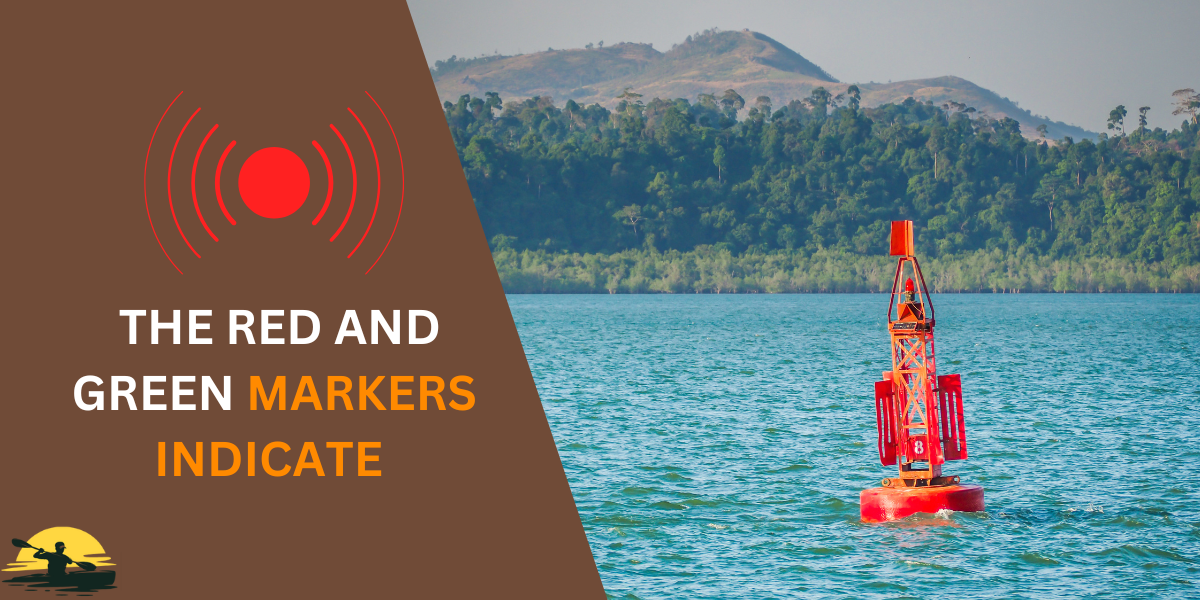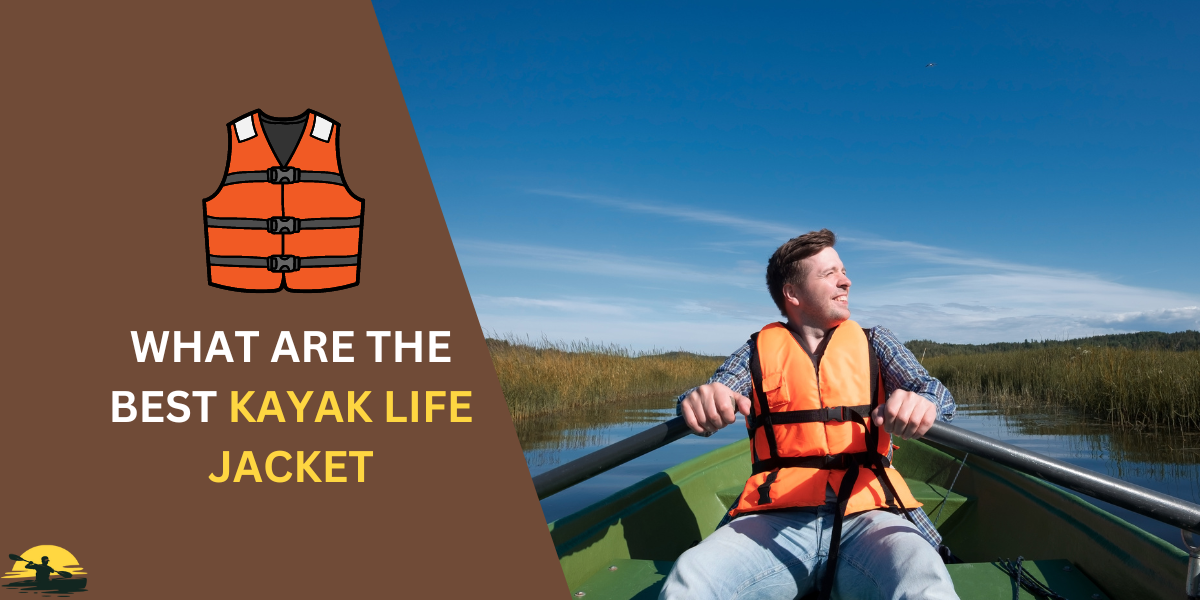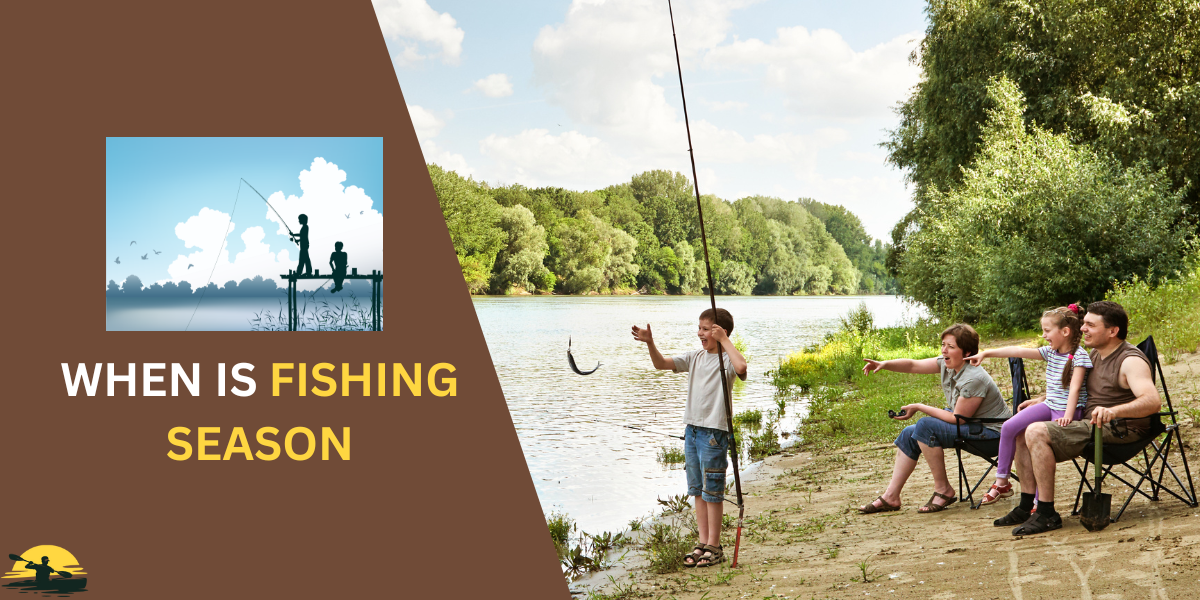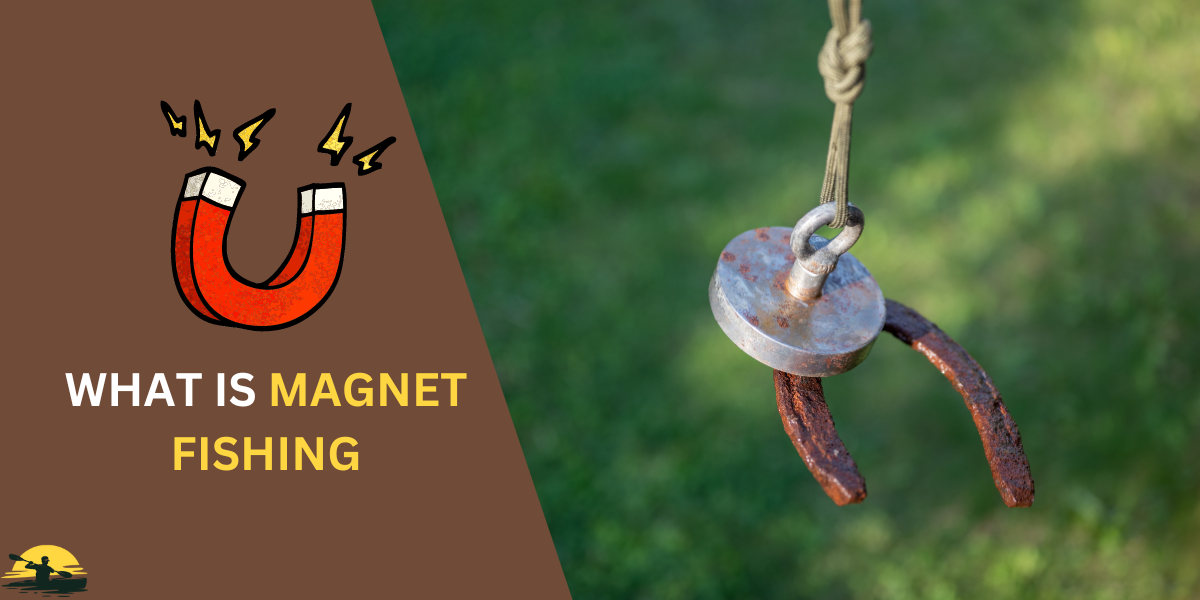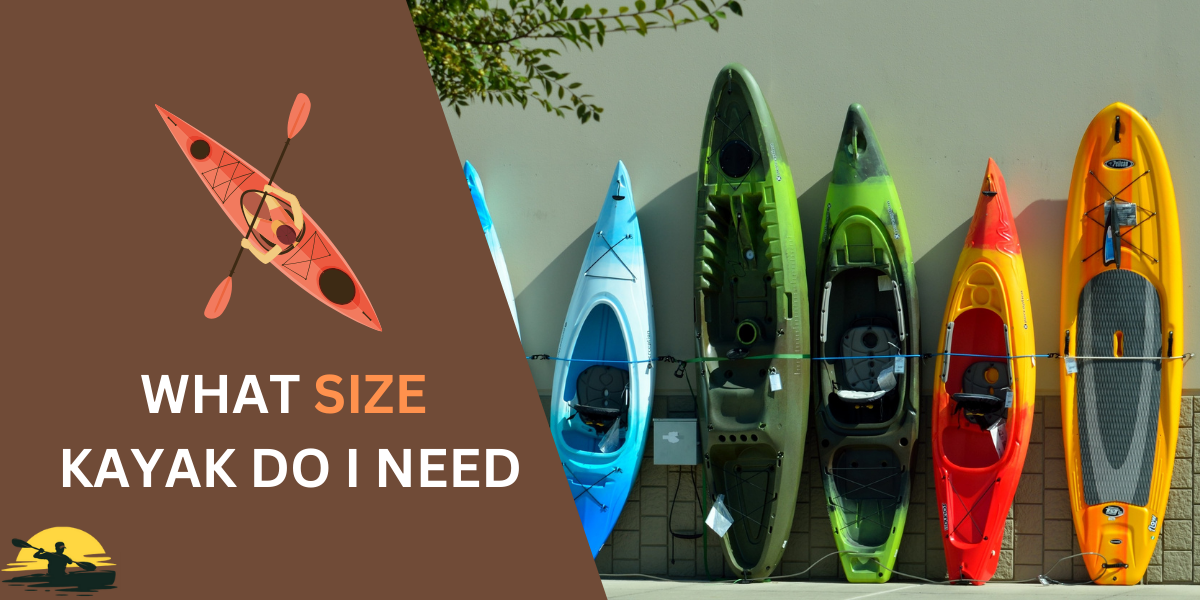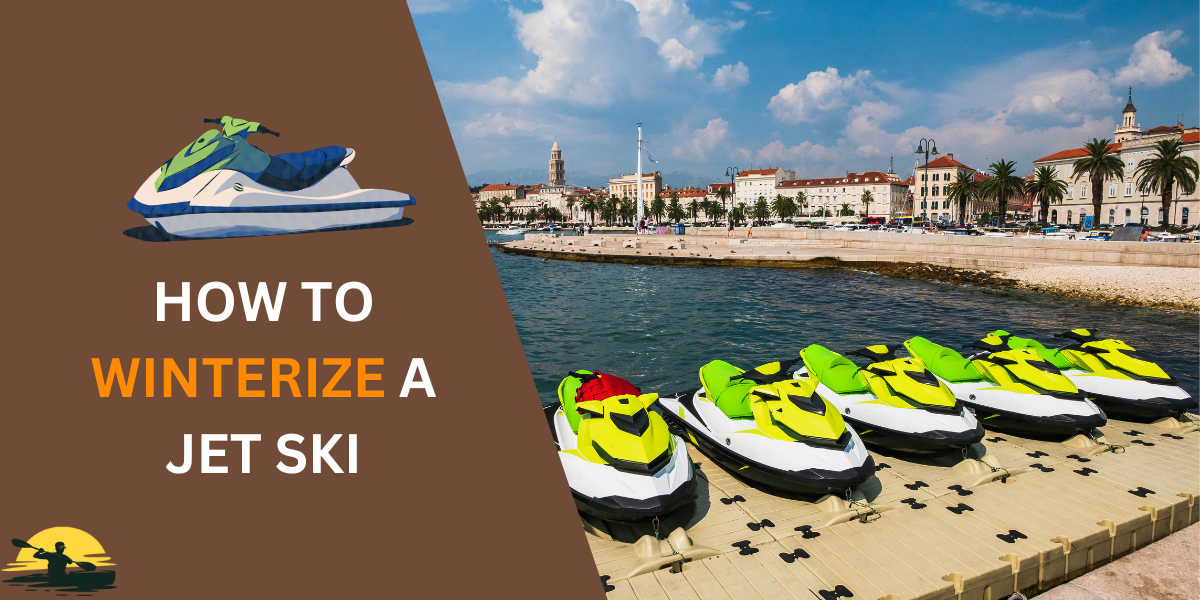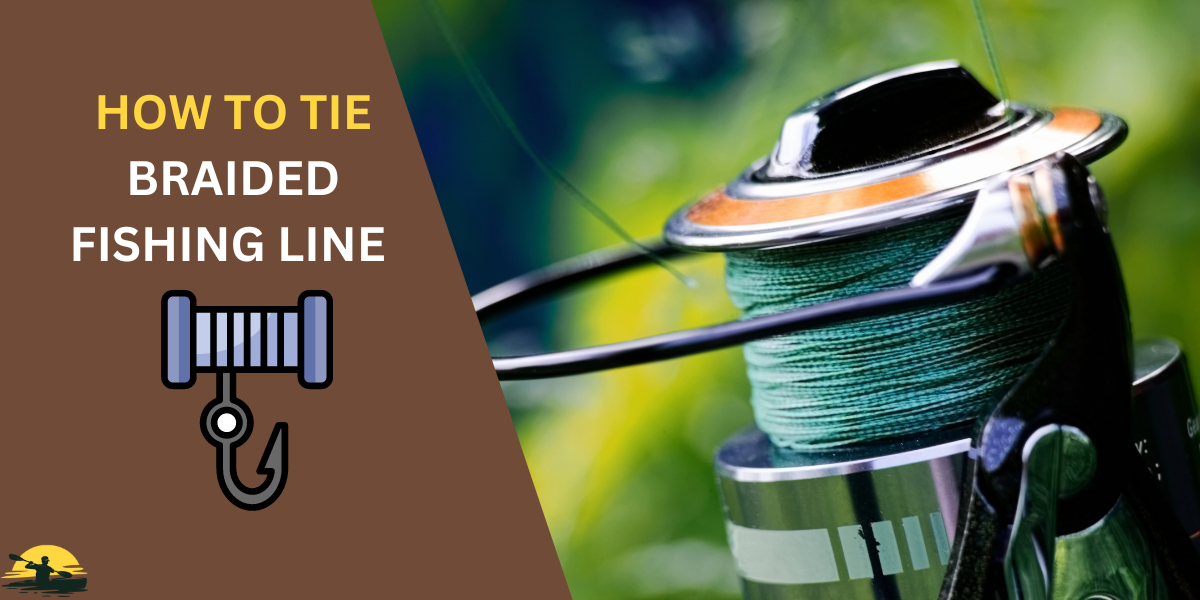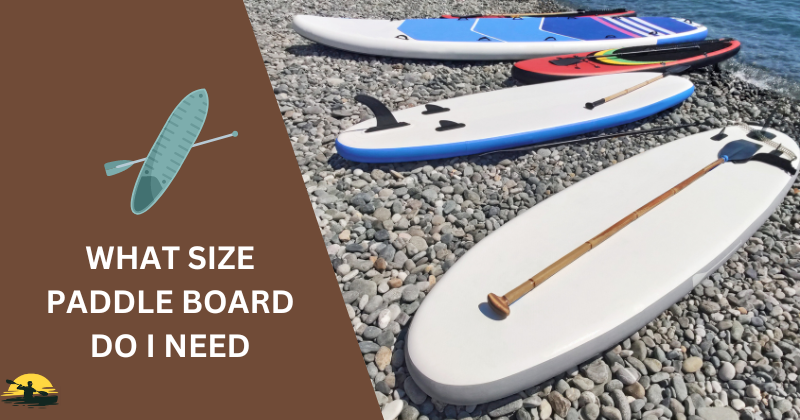
Paddleboarding is super fun, and anyone can do it, but the size of your board matters.
If it’s too big or too small, you won’t have as much fun on the water.
This guide will help you find the perfect size so you can enjoy paddleboarding to the fullest!
Choosing Your Paddle Board Size
- Bigger is more stable: Great for beginners, relaxing paddles, carrying gear.
- Smaller is more nimble: Better for turning, tricks, and catching waves.
- Longer goes straighter: Ideal for long distances and touring.
- Your weight matters: Heavier paddlers need a bigger board.
- Try before you buy: Test out different sizes to find your perfect fit.
Why Size Matters When Choosing Your Paddle Board
Alright, let’s talk about why the size of your paddle board matters. It’s more than looks – size affects how your board performs and feels on the water. Think of it like choosing the right bike size. A kid’s bike won’t be much fun for a grown-up, right?
Here’s the deal:

- Stability: A wider and longer paddle board is like a big raft – super stable and perfect if you’re starting with paddleboarding. But if you want to do tricks or turn quickly, a smaller board is easier to handle.
- Maneuverability: Smaller stand-up paddle boards are easier to turn and move around, like a skateboard, compared to a school bus. This is great for weaving around obstacles or catching waves.
- Tracking: Want to go fast and straight? Longer paddle boards are your friend. They’re like trains on tracks, helping you cover more distances with less effort.
- Carrying Capacity: Think about what you’ll be bringing on your board. Heavier people or lots of gear need a bigger board that can handle the weight. Otherwise, you’ll sink lower in the water, and it’ll be harder to paddle.
So, when you’re thinking about what size paddle board you need, ask yourself:
- Am I new to paddle boarding or looking for a relaxing ride?
- Do I want to be able to turn quickly and do tricks?
- Am I planning on paddling long distances?
- How much do I weigh, and how much stuff will I be bringing on the board?
The answers to these questions will help you narrow down the right size for you.
Paddle Board Size by the Inch
Okay, we know size matters, but what do all those numbers on a size paddleboard chart actually mean? Let’s break it down so you can make sense of it all.

Length:
- Most paddle boards are between 10 and 12 feet long.
- Longer boards (12+ feet) are like cruise ships – great for going long distances but not as easy to turn.
- Shorter boards (under 10 feet) are like speedboats – easier to maneuver but not as good for long trips.
Width:
- Think of width as how “fat” your board is. Most are between 32 and 34 inches wide.
- Wider boards (34+ inches) are super stable, but they’re slower and harder to turn.
- Narrower boards (under 32 inches) are faster and easier to turn, but they’re not as stable.
Thickness:
- Thickness is how thick your board is. Thicker boards (usually inflatable) are great for beginners because they’re more stable.
- But thinner boards (usually hard boards) are faster and more responsive.
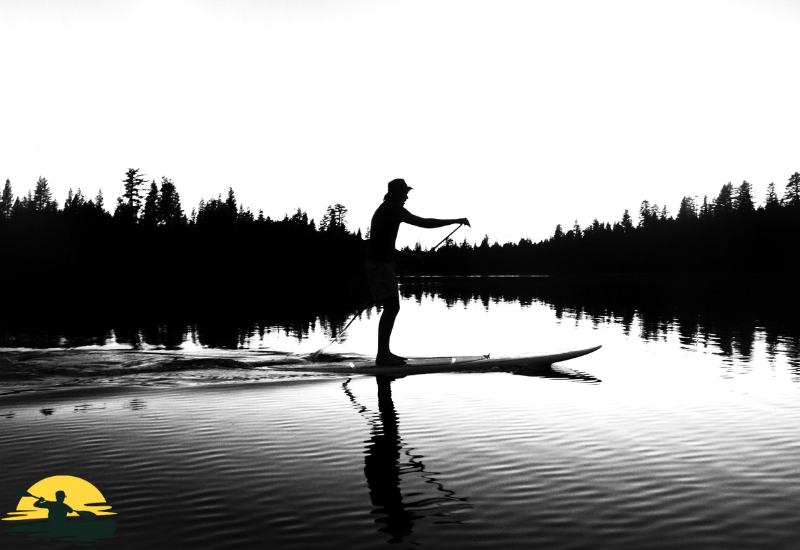
Volume:
- This is like a secret code for how much weight your board can hold.
- It’s measured in liters, and you can find it on most paddle board size charts.
- To figure out the right volume, check a paddle board size chart and match it with your body weight.
Here’s a quick tip:
- If you’re new to stand-up paddleboarding, go for a wider, thicker board with more volume.
- As you get better, you can try out narrower boards with less volume.
Remember, there’s no one-size fits all answer when it comes to paddle board size. It all depends on your weight, skill level, and what you want to use your board for.
Picking the Perfect Paddle Board Size for You
Now that you know what the numbers mean, let’s figure out how to pick the right paddle board size for you. This is where things get personal.

Your Weight Matters:
- Heavier people need more volume (remember, that’s how much weight a board can hold).
- If you’re on the lighter side, you don’t need as much volume.
- Check a paddle board size chart to see what volume is recommended for your weight.
How Tall Are You?
- Taller folks might like longer boards because they offer more reach and better balance.
- Shorter people might find shorter boards easier to control.
Are You a Newbie or a Pro?
- Are you just starting? Go for a wider, more stable board with more volume. It’s like training wheels for a bike.
- If you’ve got some experience, you can try a narrower, faster board with less volume.
What Do You Want to Do on Your SUP Board?
- Are you relaxing and cruising around? A wider, more stable board is perfect.
- Are you going on long trips? A longer board will track straighter and be more efficient.
- Catching waves? A shorter, more maneuverable board is what you need.
- Are you doing yoga? You want a wide, stable board with plenty of space.
- Fishing? A longer, wider board with lots of volume will give you space for your gear.
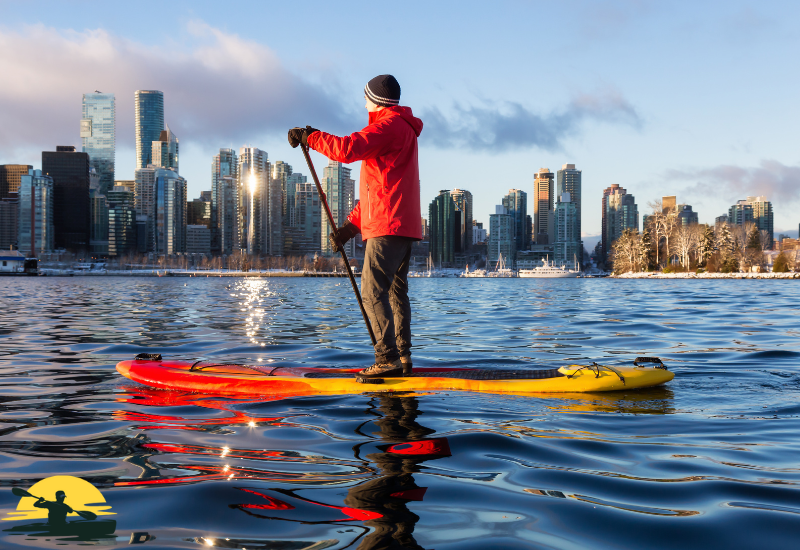
Don’t Forget About Board Thickness!
- Thicker boards are more stable, but they can be slower and less responsive.
- Thinner boards are faster and more responsive, but they’re not as stable.
- If you’re new to paddleboarding, a thicker board is a good choice.
Remember, this is just a starting point. The best way to find the right paddle board size is to try out a few different ones. If you can, head to a local shop or rental place and test some boards out on the water. See what feels right for you! And don’t be afraid to ask the experts for advice. They can help you find the perfect board for your needs.
Different Paddle Boards, Different Sizes
Just like shoes, paddle boards come in different styles, and each style has its ideal size. Let’s take a quick look at the most common types and what size might work for you:

All-Around Paddle Boards
- These are like the sneakers of the paddle board world – great for everyday use and a bit of everything.
- If you’re a beginner or you want a board that can do it all, this is a good choice.
- Usually around 10-11 feet long and 32-34 inches wide.
Touring Paddle Boards
- These are built for going the distance, like marathon running shoes.
- They’re longer and narrower than all-around boards, usually 12-14 feet long.
- If you want to go on long paddles or explore, this is the type for you.
Surf Paddle Boards
- These are shorter and wider, kind of like skateboards – made for quick turns and catching waves.
- Usually between 8-10 feet long.
- If you’re into surfing, this is the board for you.
Yoga Paddle Boards
- Think of these like yoga mats on water – wide and stable so you can do your poses without falling in.
- Usually around 10-11 feet long and 34+ inches wide.
- If you want to do yoga on the water, this is the one.
Fishing Paddle Boards

- These are like pickup trucks – designed to carry a lot of gear.
- They’re usually wider and longer than all-around boards, giving you space to move around and store your tackle box.
Need a Little Help? Use a Paddle Board Size Calculator!
If you’re still feeling unsure about the right size sup board for you, don’t worry! There are online tools called paddle board size calculators that can help. You plug in your height, weight, skill level, and what you want to use the board for, and it’ll give you recommendations on the best size.
It’s also a good idea to check out a board-size chart. These charts give you a general idea of what size board is right for different people.
Remember, these are just guidelines. The best way to find the perfect board is to try a few out and see what feels right for you.
The Best Way to Find Your Ideal Paddle Board Size

Okay, you’ve read all about board sizes, dimensions, and different types of paddle boards. But here’s the thing: the best way to find your ideal paddle board size is actually to try some out!
Think of it like buying shoes. You wouldn’t just order a pair online without trying them on first, right? The same goes for paddle boards. What looks good on a board-size chart might not feel right on the water.
If you can, head to your local paddleboard shop or rental place and test out a few different sizes. Get a feel for how they handle and how stable they are. Here are a few things to keep in mind when considering what size paddle board you need:
- Stability: Do you feel unsafe or confident on the board? Remember, wider boards are more stable, while narrower boards are less stable but easier to maneuver.
- Maneuverability: Can you easily turn the board? Do you feel like you have good control? Shorter boards are generally easier to maneuver, while longer boards track straighter.
- Comfort: Do you have enough space on the board? Can you comfortably stand up, kneel, or sit? This is especially important if you’re planning on doing sup yoga or bringing gear on your board.
- Board Volume: Does the board feel like it can support your weight? Does it sink too low in the water when you stand on it? Make sure to check the board’s volume to ensure it’s suitable for you.
If you can’t try out boards in person, there are a few other things you can do:
- Read reviews: See what other people are saying about different board sizes and how they perform.
- Watch videos: There are tons of videos in online of people reviewing and demonstrating different paddle boards.
- Ask for advice: Talk to experienced paddlers or the staff at your local paddleboard shop. They can offer valuable insights and recommendations.
Remember, finding the perfect paddle board size is a bit of a trial-and-error process. Don’t be afraid to experiment and try out different boards until you find the one that feels just right. Once you do, you’ll be out on the water having fun in no time!
Conclusion
So, there you have it! We’ve covered a lot of ground on how to figure out what size paddle board you need.
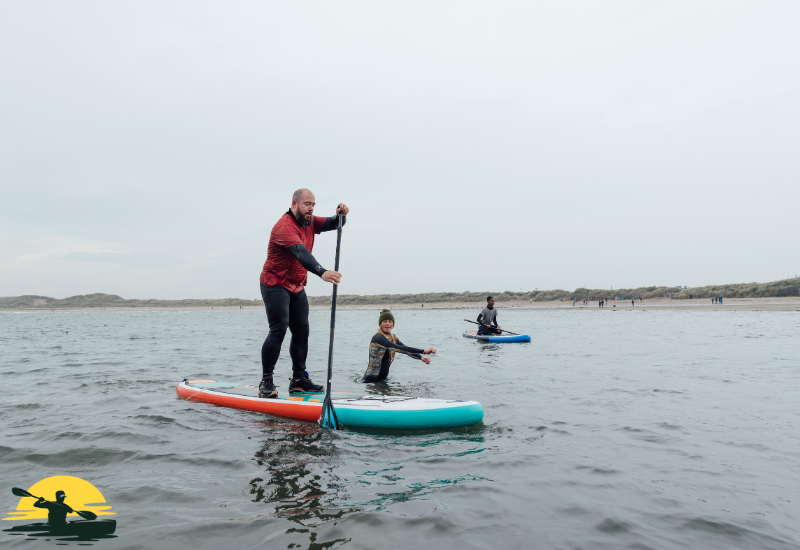
It’s all about finding the sweet spot between stability, maneuverability, and weight capacity. Think about your weight, how you want to use the board, and what feels right when you give it a try.
Remember, a stand-up paddle board isn’t just a toy; it’s your ticket to having fun on the water. So take your time, do your research, and most importantly, have fun with it!
There’s a whole world of paddling adventures waiting for you, and with the right board, you’ll be ready to dive right in.
Frequently Asked Questions
What Size Paddle Board Do I Need for My Weight?
Your weight is the biggest thing in determining the right board volume. Heavier paddlers need more volume for stability and buoyancy, while lighter paddlers can get away with less. Check a paddle board size chart to see the recommended volume for your weight.
Can I Use a Paddle Board That’s Too Small?
You can, but it won’t be much fun! A board that’s too small will be unstable and hard to paddle. You’ll spend more time in the water than on it.
What Happens If I Choose the Wrong Size Paddle Board?
The wrong size board can make paddleboarding frustrating. It can be wobbly, slow, or hard to control. That’s why it’s important to consider your weight, skill level, and what you want to use the board for.
Is There a Paddle Board Size Calculator I Can Use?
Yes! Many online paddle board size calculators can help you find the right size based on your height, weight, and intended use.
What’s the Best Way to Find the Right Size Stand Up Paddle Board?
The best way to find the right size is to try out a few different boards. See what feels comfortable and stable. Ask for help from experienced paddlers or the staff at your local paddleboard shop. They can guide you toward the perfect fit for your needs.


